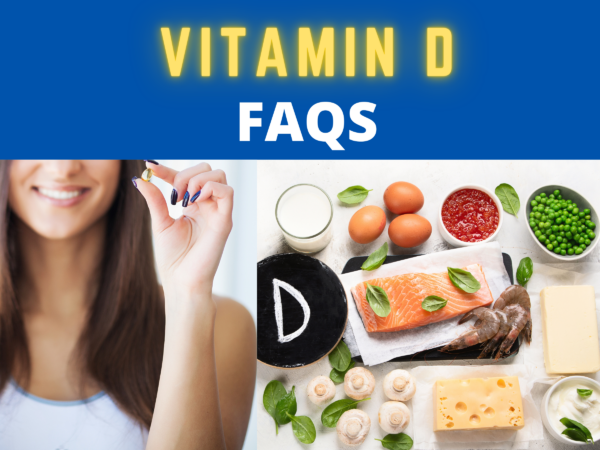
People were not meant to spend their lives isolated indoors. We knew that before the COVID-19 pandemic began! There are many reasons why this statement is true, but I want to focus on one of them: the benefits of getting your daily dose of Vitamin D outdoors.
With the change in seasons, I’m consciously tracking my Vitamin D and making time in the sun part of my daily routine. How does Vitamin D affect the body, and is time out in the sunlight enough to get your daily dose? Find all the answers you have been looking for below.
Why Is Vitamin D Important?
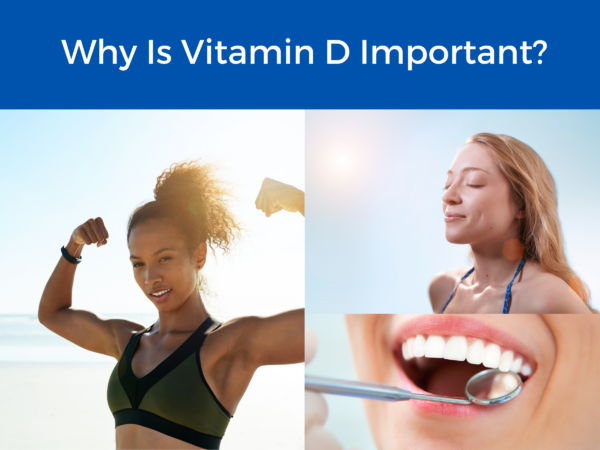
Vitamin D is best known for its role in calcium absorption, which supports healthy bones and teeth. But this vitamin, which acts more like a hormone, does so much more. Vitamin D plays a role in reducing cancer cell growth, promoting a healthy immune system, and glucose metabolism.
How is Vitamin D Absorbed?
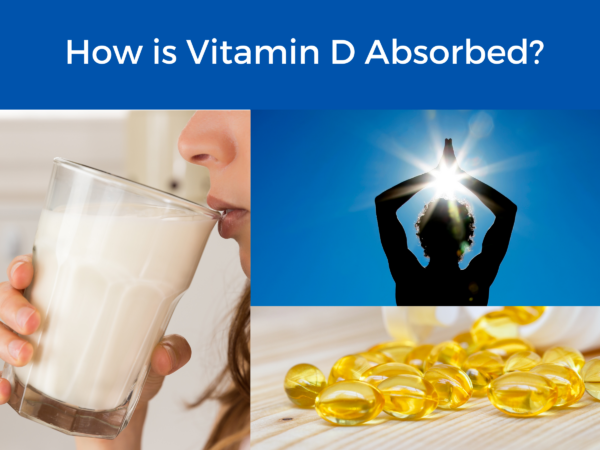
Vitamin D is a fat-soluble vitamin, which means it moves through the body more like a fat than water. It enters the body through consumption of foods and supplements or by sun exposure. Once Vitamin D enters the body, it remains stored in fat cells.
The process of consuming Vitamin D is simple. You eat eggs, drink Vitamin-D fortified milk, or take supplements of Vitamin D and it’s already in your body. Sun exposure is more complicated. Our bodies actually contain Vitamin D receptors throughout the body. Once exposed to the sun’s UV rays, the cells use cholesterol from the skin and produce Vitamin D3!
Are Vitamin D and D3 the Same?
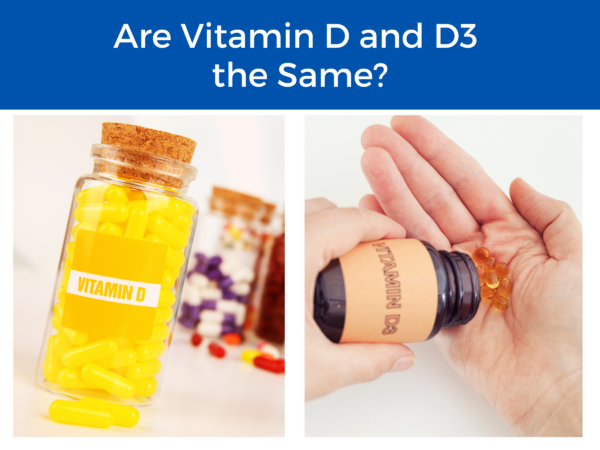
Vitamin D is an umbrella term that covers both Vitamin D2 and Vitamin D3. So, yes, Vitamin D and Vitamin D3 are the same. But there are crucial differences between Vitamin D3 and the other type of Vitamin D, Vitamin D2.
Vitamin D2 is found in plant-based foods and most vitamin-D fortified foods. Vitamin D3 is found in animal-based foods. It’s also the type of Vitamin D that our bodies produce after sun exposure. The key difference between these two vitamins is that Vitamin D3 is absorbed more easily in the body. This is why getting out in the sun, and supplementing with Vitamin D3, is recommended. You’ll get more out of the Vitamin D you consume!
That said, unless you live close to the equator, are running around half-naked in the sun most of the time, and eating a near perfect diet, it’s almost impossible to take in adequate levels of Vitamin D without supplementation.
What Foods Are Highest in Vitamin D?
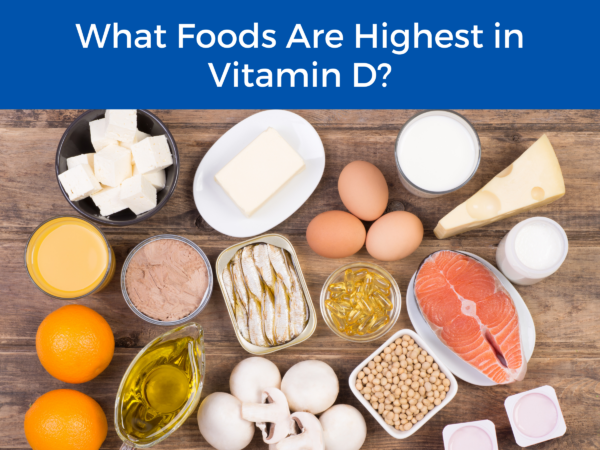
- Fish (salmon, tuna, mackerel, sardines)
- Beef liver
- Egg yolks
- Milks and juices fortified with Vitamin D
- Cereals fortified with Vitamin D
You can supplement these foods with supplements:
- Fish oil
- My favorite Vitamin D supplement (I take 5,000 IU per day.)
Check with your doctor before taking these or any supplements.
When Vitamin D Is Low, What Happens?
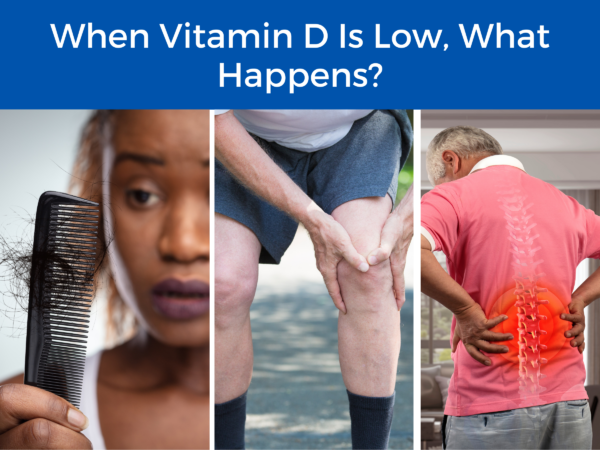
Signs of Vitamin D deficiency include:
- Frequent illness or respiratory tract infections
- Bone pain or bone loss
- Muscle pain (usually begins as back pain)
- Hair loss
- Anxiety or depression
- Weight loss
Will Vitamin D Help with a Cold?
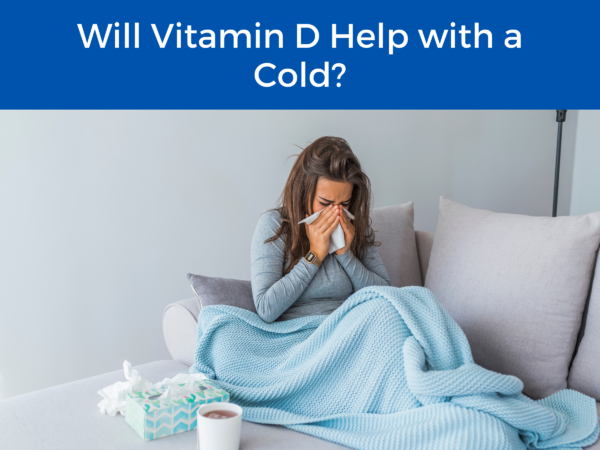
It can! A study in 2019 revealed that supplements could significantly reduce acute respiratory infections. Overall, getting the recommended amount of Vitamin D keeps your immune system healthy and ready to fight off any and all infections.
Why Is Vitamin D Deficiency on the Rise?
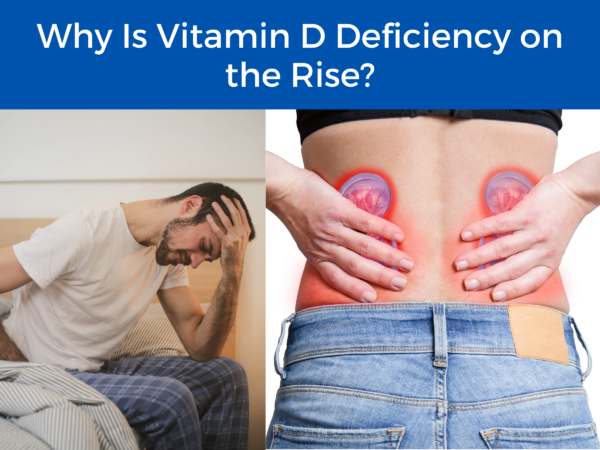
People experience Vitamin D deficiency due to a lack of sunlight exposure. If we stay isolated, and fail to eat a diet that contains enough Vitamin D to supplement this lifestyle, we can easily slip into Vitamin D deficiency.
Later in life, our abilities to absorb Vitamin D may weaken. The kidneys play a key role in absorption, and if the kidneys are not in great shape, we must take more Vitamin D to ensure it is all properly absorbed.
How Much Vitamin D Should You Get Per Day?
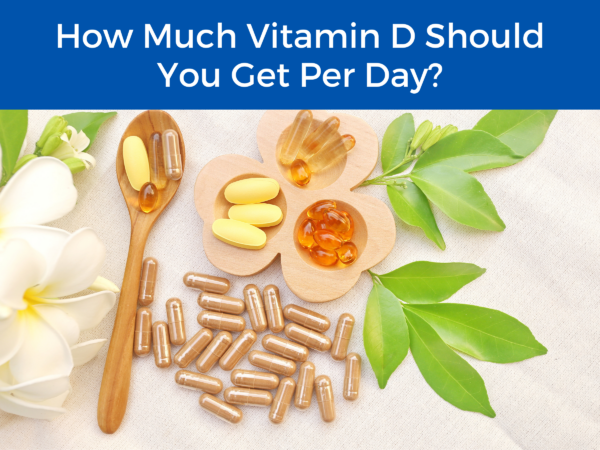
Daily supplements, diet, and sun exposure should keep your Vitamin D levels at around 50-80 ng/mL. The ideal number for each person will vary. In general, 100 ng/mL is very concerning and a sign that you should drastically reduce supplement intake.
For most people, around 2,000 IU of Vitamin D can help you maintain healthy Vitamin D levels, but this varies. Make sure to check with your doctor to see what is right for you. My supplements, for example, are 5,000 IU.
Can You Get Too Much Vitamin D?
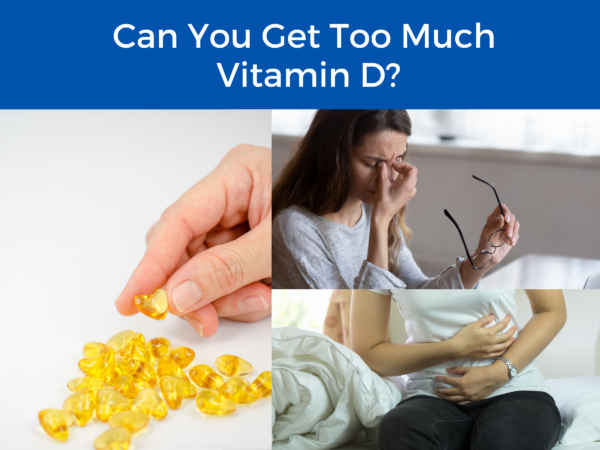
Yes! If more Vitamin D is absorbed than can be used, the body can reach toxic levels. (This is true of all fat-soluble vitamins.) People worried about Vitamin D deficiencies should also be concerned about over-supplementing.
How does this happen? Excess water-soluble vitamins are released from the body during urination. Fat-soluble vitamins only exit the body through hydroxylation. During hydroxylation, the liver and kidneys convert the Vitamin D to calcitriol.
How Can You Check Your Vitamin D Levels?
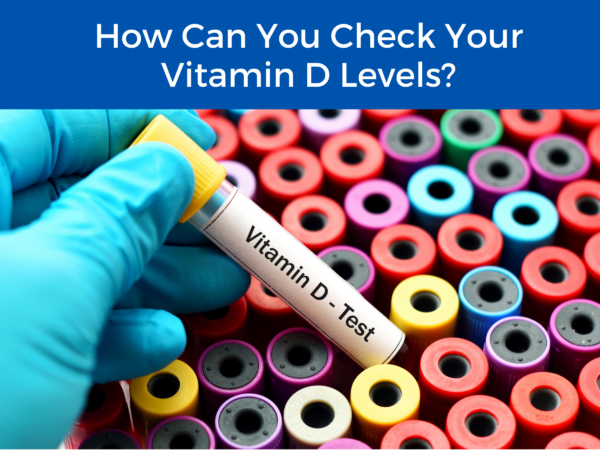
A simple Vitamin D test can help you assess your levels and tell you whether you are at risk of deficiency or toxicity.
You can order this simple vitamin D test HERE and follow simple steps:
- Schedule your blood draw (draw locations are provided online)
- Read any materials provided to you by the draw location
- Attend your appointment
- Receive your results in 3-5 business days!
I like to test my Vitamin D levels at least twice a year to see what has changed and whether I need to adjust my daily dose. When was your last Vitamin D test? Were you surprised by the results? Let us know below!
Latest posts by Sylvie McCracken (see all)
- Treating H. Pylori (Part 3): What H. Pylori Does to the Body - August 8, 2022
- Treating H. Pylori (Part 2): How H. Pylori is Contracted - August 3, 2022
- Understanding Beef Labels: Organic, Pastured, Grass-Fed & Grain-Finished - July 25, 2022